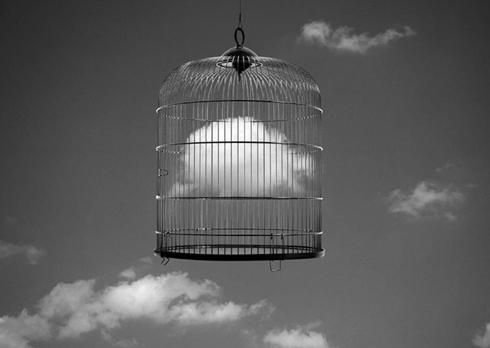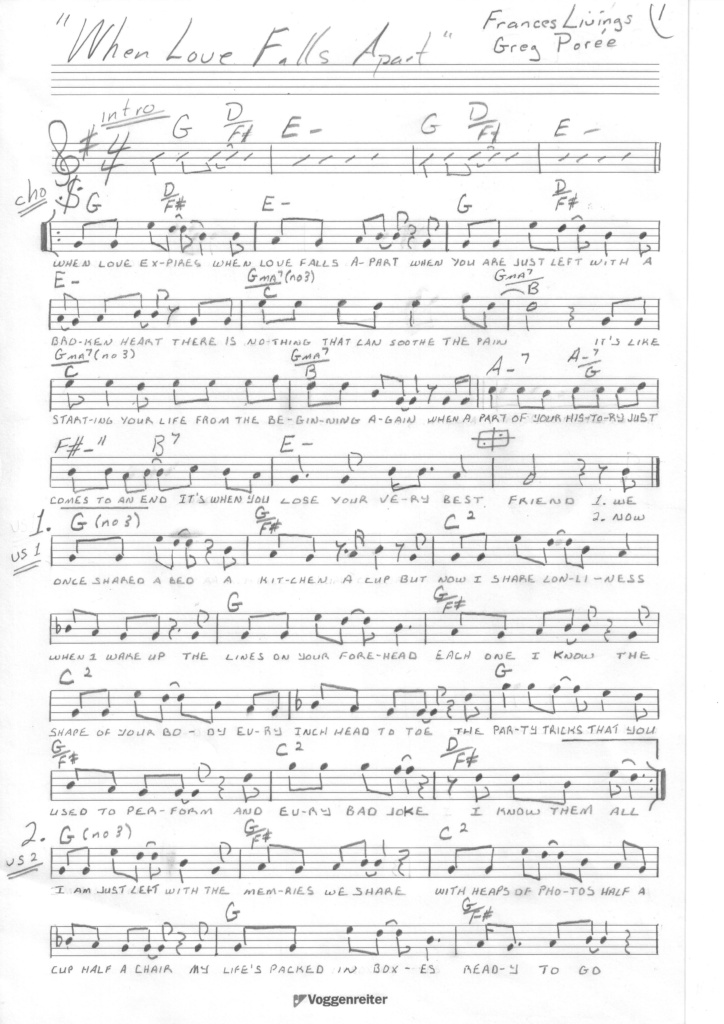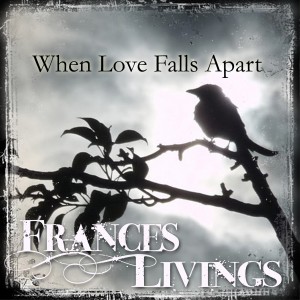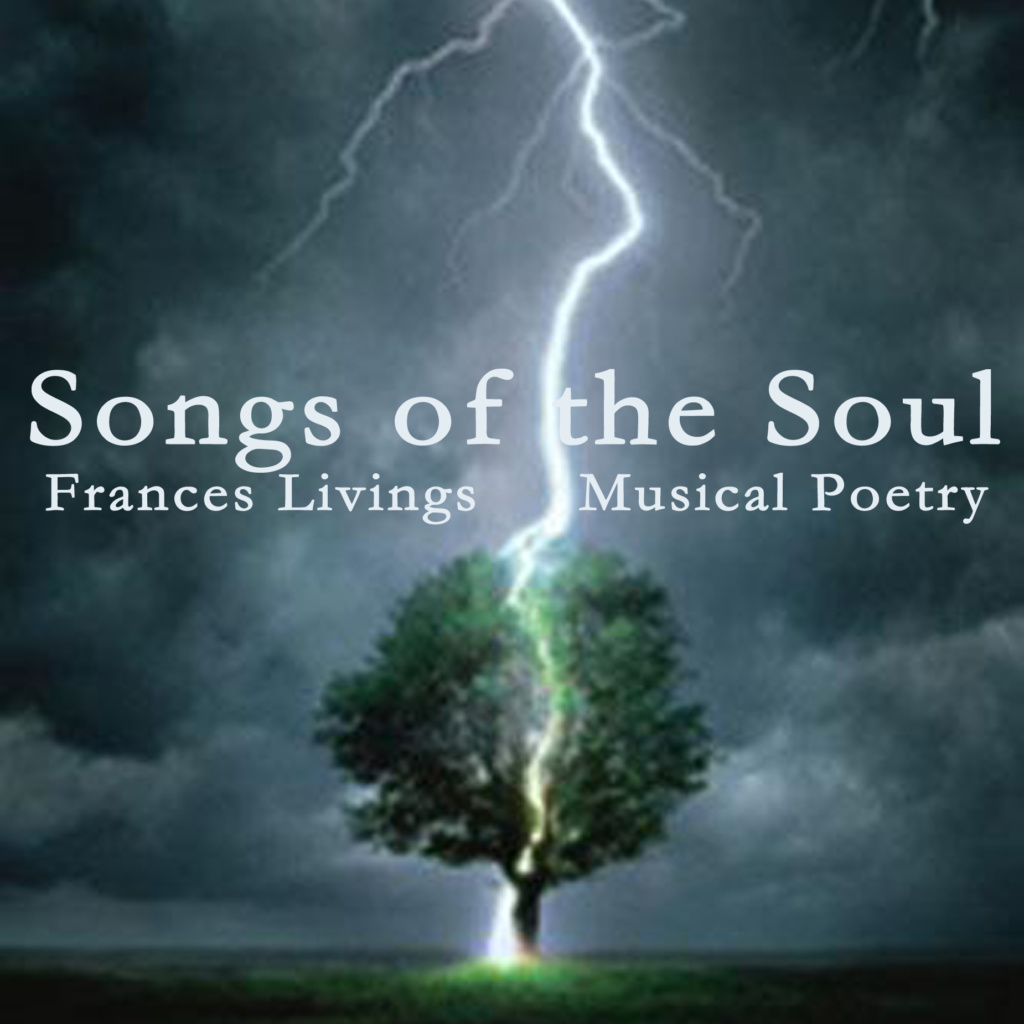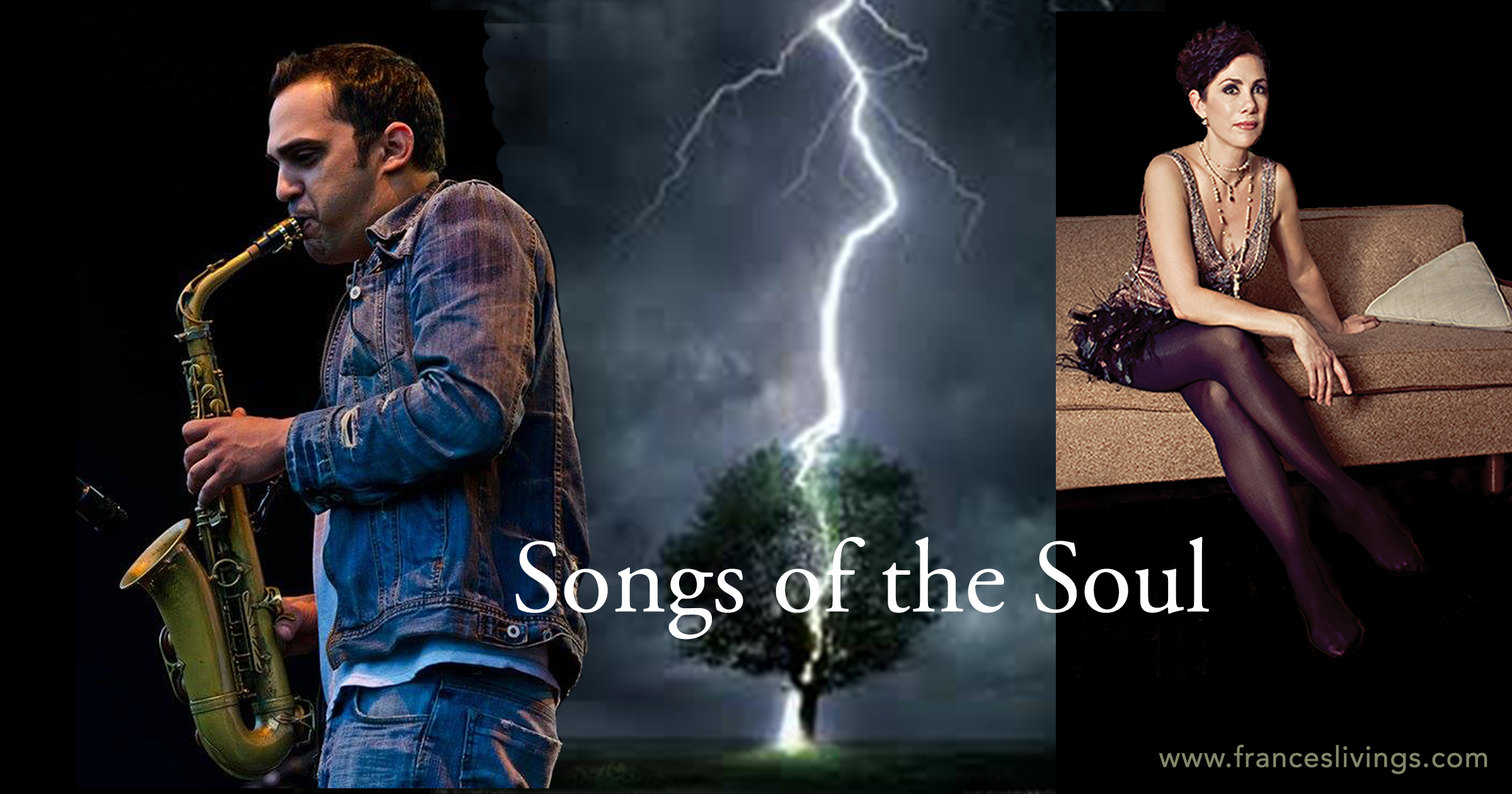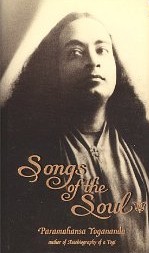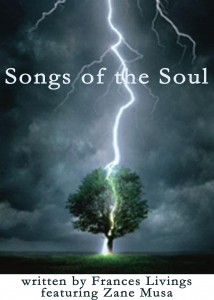The World I am Livings InFrances LivingsMoontraxx Records – MXFL2013-014 Available from Frances Livings’s Bandcamp page. A review written for the Folk & Acoustic Music Exchange |
|||||
|
Following the release of a half-dozen singles and EPs, Frances Livings has published her first long-form CD, The World I am Livings In (clever title!), and her voice is mindful of Martha Velez, Carole King, and Helen Reddy with a bit of Rita Coolidge and Elkie Brooks thrown in, but her milieu is much closer to Lisa Kirchner’s Umbrellas in Mint (here) in that it’s an unusual blend of the cabaretic, folk moderne, surreal (the earthy lyrics in Eating the Darkness alone are on par with Dory Previn), classically oriented jazz, and then that odd twilight world that in recent generations has spelled a whole new landscape of sonic delights I firmly aver presages an onrushing era unlike any antecedents. What first really caught my brainworks in the disc was I’ll be Leaving Soon, a dark-ish pensée executed in semi-stream-of-consciousness illuminated by beautifully understated chamber strains (arranged by Livings’ husband Greg Poree) exalting a weary soul encanting verses of departure and hopeful renewal. Think of William Lyall or the Penguin Cafe Orchestra sitting in, but it’s really Livings’ writing that’s entrancing, and she penned almost everything on the CD, then chose some really good sessioneers, including Jeff Colella, whose piano work is a central aural motif, along with several superb strings-raspers. More than anything, The World comes across as a half-lit stage presentation for post-Beat hipsters grown weary of all the blare and squall of an overdriven mainstream, looking for literate but unorthodox fare and a chance to once again think while immersing in moody atmospherics. Not coincidentally, then, the smirking satire of comedienne Sara Bernhard finds its way into the mix here and there, beefing up the outside-the-box metier all the more. Poree jumps into the mix again, this time with a well blended guitar, and scenes miasmically shift and flow as the twisting narrative wends its path, but the inclusion of the 1:19Pebbles in my Hand was a piece of brilliance, and I’m damned if I can quite figure out why—though it’s probably the track’s status as a rarely found act of interscript between movements. Ya just can’t locate that in music any more, y’all. In sum, this is actually more a piece of art than it is music, but of an ilk belonging with Carla Bley, Annette Peacock, and of course the aforementioned Kirchner, among others, including Janis Ian at her best; thus, don’t do anything else once you’ve tossed the disc on, or you’ll miss more than you ever guessed was there. Track List:
Edited by: David N. Pyles |
|||||
|
Copyright 2013, Peterborough Folk Music Society.
This review may be reprinted with prior permission and attribution. |
|||||

